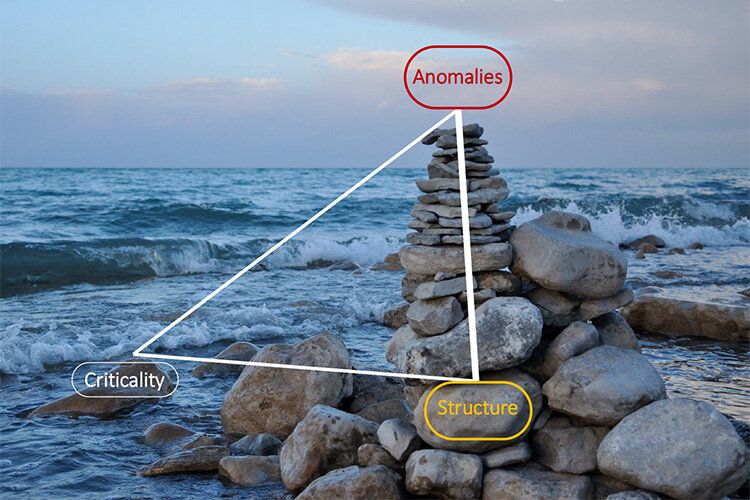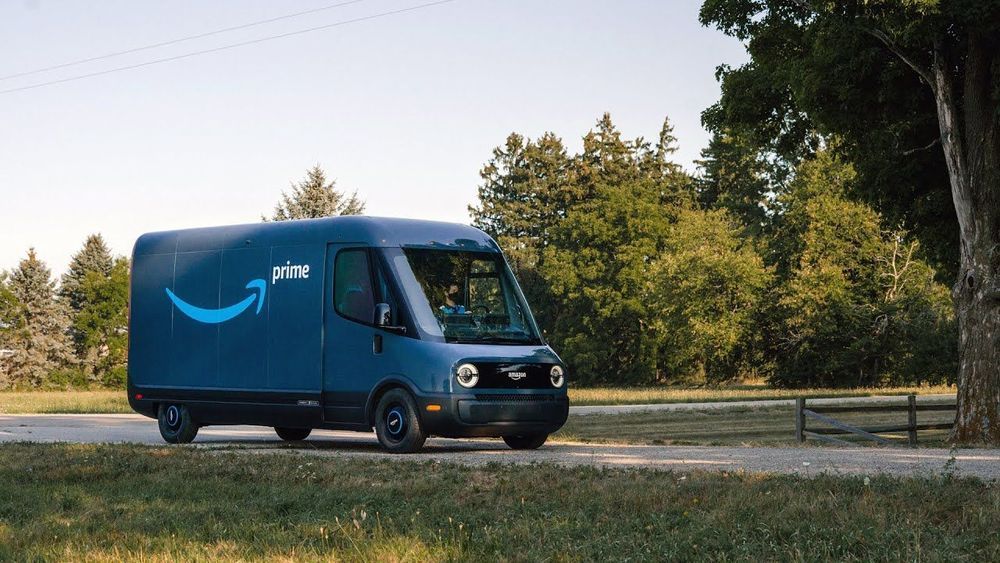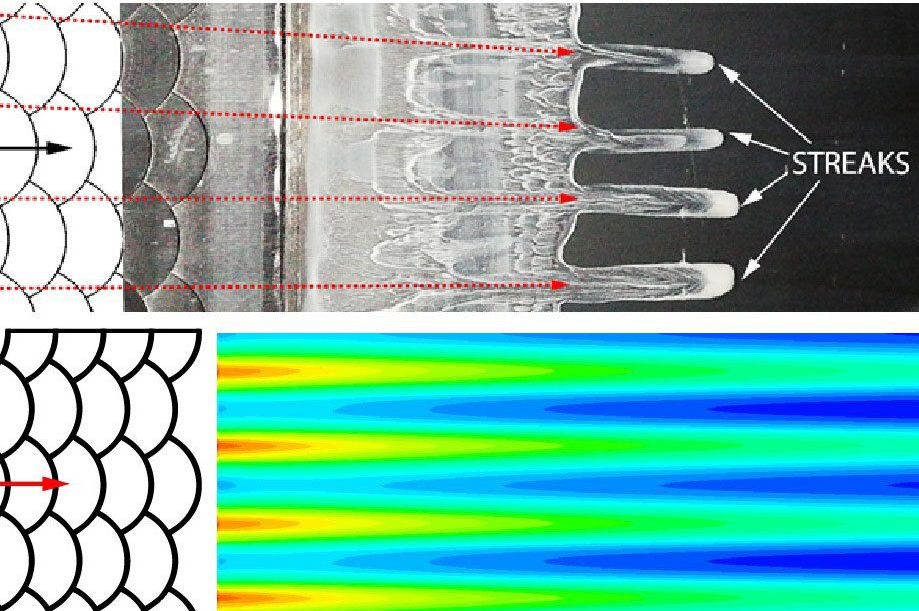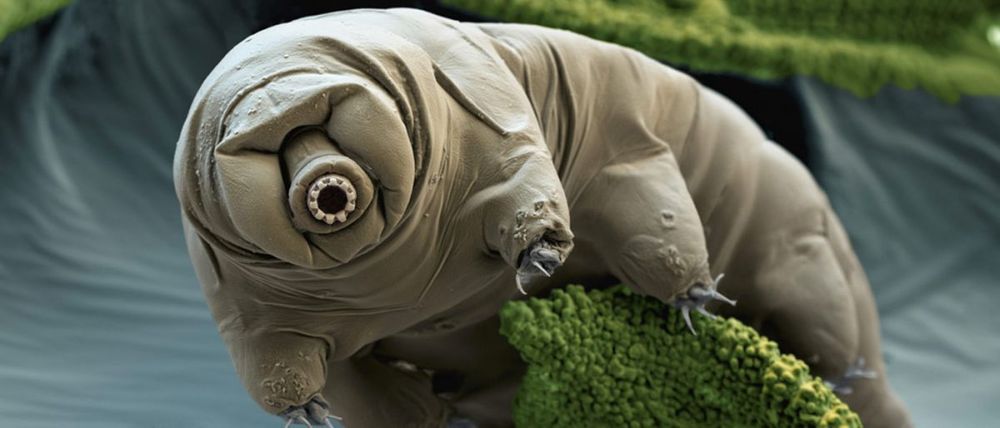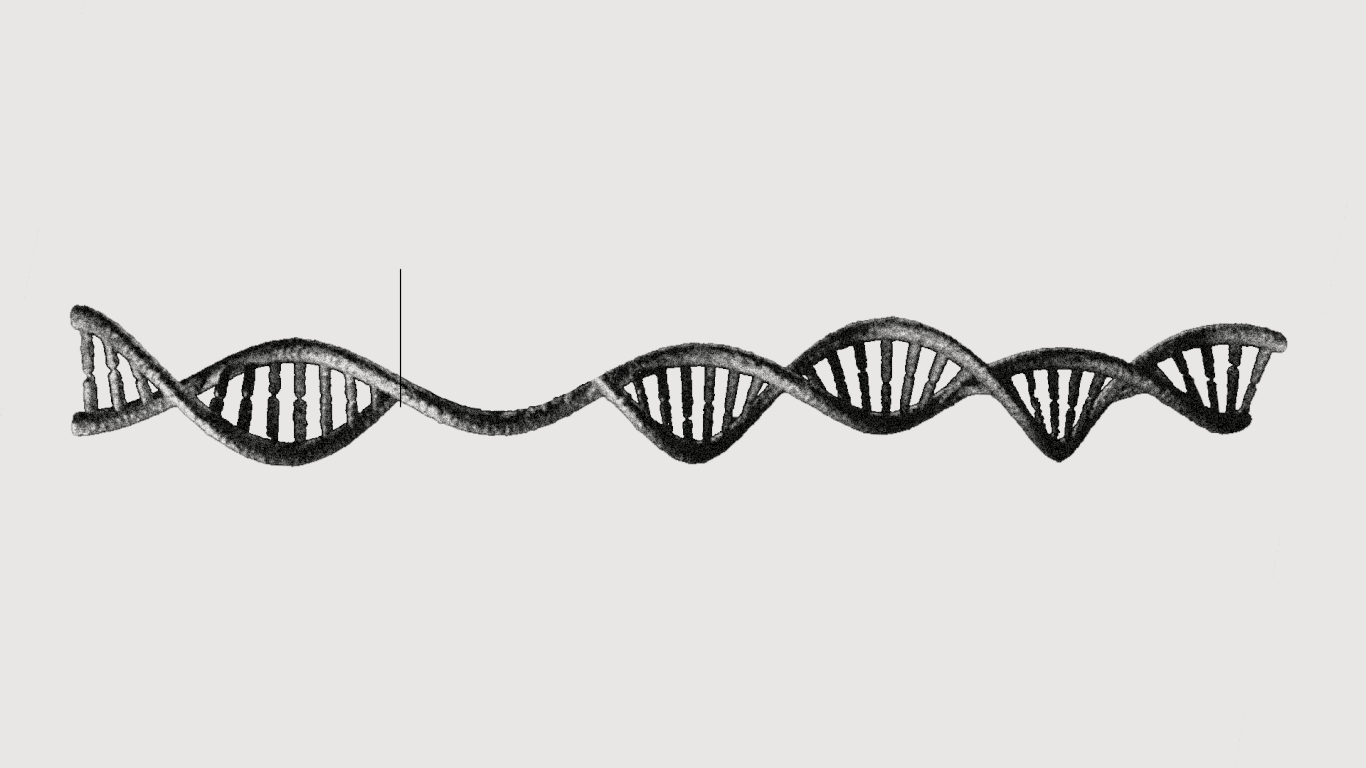Oct 18, 2020
Elon Musk’s Neuralink May Offer us Symbiosis With AI — Part 2
Posted by Malak Trabelsi Loeb in categories: biological, Elon Musk, existential risks, neuroscience, robotics/AI
Elon Musk has warned many times about the dangers of AI. He sees strong artificial intelligence as an existential risk. Musk therefore wants to develop a brain machine interface or BMI device so we can merge with AI and hopefully develop a symbiotic relationship with artificial intelligence thus solve the AI control problem. Elon Musk has founded the neurotechnology company Neuralink. the company is focused on developing implantable brain machine interfaces. Neuralink has made recent headlines for its newest BMI device presented by Elon Musk.
In the short term, Neuralink’s BMI may be used to fix neurological problems and disorders. As Elon Musk has pointed out, over time, virtually everyone who gets old will suffer at least one if not multiple common neurological issues such as: Memory loss, hearing loss, seizures, strokes, brain damage etc.
Continue reading “Elon Musk’s Neuralink May Offer us Symbiosis With AI — Part 2” »


